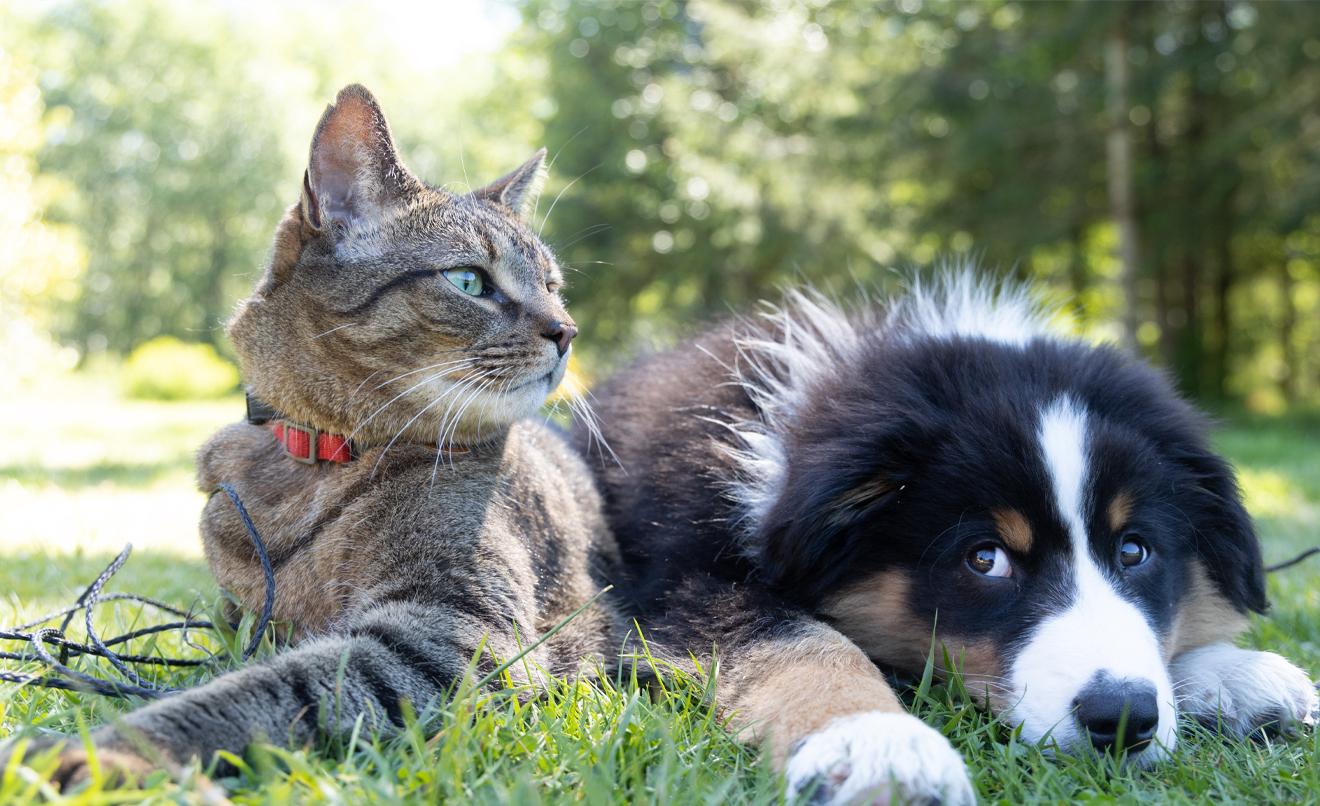
The rise in temperatures and
sunlight hours, the proliferation of mosquitoes or the flowering period of most
plants produce typical symptoms of this period, such as asthenia, pollen
allergy or sleep disorders, which also affect animals.
PARASITES
Fleas, caterpillars, ticks and
mosquitoes are the most feared in spring, not only because of their bites but
also because they transmit different diseases. Particularly, hematophagous
mosquitoes of the phlebotomus genus, which transmit leishmaniasis, a parasitic disease
mostly caused by Leishmania infantum.
Bear in mind that prevention
is the best ally to keep parasites at bay.
ALLERGY
Indeed, our pets may also have
spring allergies. The proliferation of pollen and other plants may affect both
humans and animals. Some signs of this condition are sneezing, irritated eyes
and skin disorders such as rashes and itching.
DIET
The rise in temperature makes our
pets more exhausted, reducing their activity and slowing down their metabolism.
These factors make our animals reduce their food intake. The loss of appetite
is completely normal and nothing to worry about, as long as they do not stop
eating completely.
However, they will need to
increase their hydration, so it is important that they always have water nearby.
COAT
Do not panic if your house gets full of coat balls! The transition from winter to spring is the time when animals shed their fur to a thinner coat to adapt to the change of temperatures. Brushing thoroughly —and daily if possible— with a brush suitable for the type of coat of your pets will help you eliminate dead coat and keep their new coat healthier and shinier.
Enjoy the spring with your pet! And in case you notice any symptoms, do not
hesitate to consult your veterinarian to find the best solution.